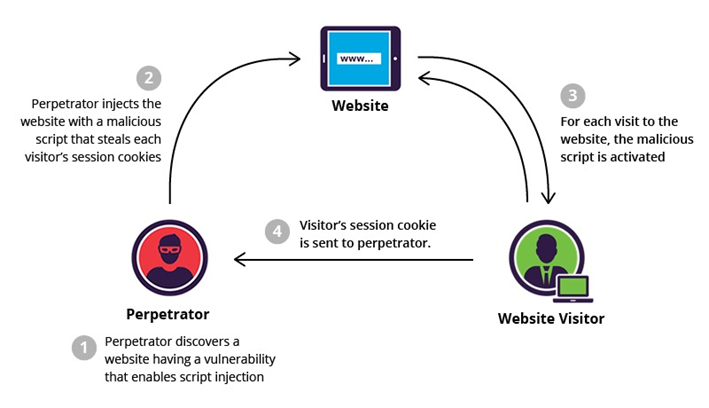As cyber threats continue to advance in complexity, it is crucial to possess robust resources to safeguard against potential attacks. Among the array of tools available, the Metasploit Framework has emerged as a widely acclaimed and widely used solution. This blog post aims to provide an in-depth understanding of Metasploit, encompassing its internal mechanisms, prominent attributes, practical implementations, and recommended strategies for optimal utilization.
UNDERSTANDING METASPLOIT
The Metasploit Framework, in essence, is an open-source framework for conducting penetration testing. Its primary purpose is to equip security experts with the means to evaluate system vulnerabilities and detect potential security flaws. By offering a wide range of tools and resources, it enables users to replicate real-world attacks, thereby allowing them to evaluate the efficacy of their security protocols. Its best-known sub-project is the open-source Metasploit Framework, a tool for developing and
executing exploit code against a remote target machine. Other important sub-projects include the Opcode Database, shellcode archive, and related research. The Metasploit Project includes anti-forensics and evasion tools, some of which are built into the Metasploit Framework. In various operating systems, it comes pre-installed.
KEY FEATURES OF METASPLOIT
Exploits, Payloads, and Auxiliary Modules: Metasploit offers a wide range of exploits, payloads, and auxiliary modules, enabling users to effectively exploit vulnerabilities and gain control over targeted systems. Metasploit currently has over 2074 exploits and over 592 payloads. The Metasploit Framework includes hundreds of auxiliary modules that can perform scanning, fuzzing, sniffing, and much more.
Modular Architecture: The framework operates on a modular architecture, allowing users to tailor their penetration testing approach to meet specific requirements, ensuring adaptability and scalability.
Extensive Library: With a vast library of over 2000 exploits and growing, Metasploit proves to be an invaluable resource for security professionals, covering various software, operating systems, and protocols.
METASPLOIT SHELL TYPES
There are two types of shells in Metasploit — for attacking or interacting with the target system.
Bind Shell – here, the target machine opens up a listener on the victim machine, and then the attacker connects to the listener to get a remote shell. This type of shell is risky because anyone can connect to the shell and run commands.
Reverse Shell – here, the headset runs on the attacker, and the target system is connected to the attacker using a shell. Reverse shells can solve problems that are caused by bind shells.
PRACTICAL APPLICATIONS
Penetration Testing:
Metasploit serves as an indispensable tool for penetration testers and ethical hackers, enabling them to identify vulnerabilities, exploit them, and provide valuable insights on how to remediate and strengthen the system's security.Security Evaluation:
System administrators and security teams can use Metasploit to evaluate the effectiveness of their existing security controls, proactively identifying and addressing potential weaknesses before malicious actors exploit them.SOCIAL ENGINEERING TECHNIQUES IN METASPLOIT:
Mass Mailer Attack:
This attack is used to send emails to the targeted person which contain phishing links to the websites and are further used to steal and gain access to the valuable information of the victim. It is called mass mailer attacks because it allows you to send emails with phishing links in bulk, which means you can even send these emails to hundreds of victims in one shot. With these attacks, attackers can get credentials like bank details, credit card details, and much more information without being suspicious.QR-code Generator Attack Vectors: As the name suggests, it generates a QR code with a URL of your own choice. When you have the QR code generated, you can easily select an attack from SET and deploy this QR code to your victim.
Website Attack Vectors: Web attack vectors are probably one of the most advanced and exciting methods/options that come with SET because they are specifically made to be believable and enticing to the target. SET can clone websites that look identical to trusted sites, like social media websites, and other websites where a user is required to fill in the authentication details, and this will help to ensure that the target will think he/she is visiting a legitimate site.
Wireless Access Point Attack Vectors:
This attack uses modules to create a fake access point for your wireless card and redirect all DNS queries to you. With the use of SET, you can create a fake wireless access point with a DHCP server and perform DNS Spoofing to redirect all the traffic to your machine from the victim’s computer; this will help you to monitor the network traffic. This uses external exploitation software which you can download easily like AirMon-NG, DNSSpoof, dhcpd3, etc.BEST PRACTICES FOR EFFECTIVE UTILIZATION
CONCLUSION
In conclusion, the Metasploit Framework is a powerful and versatile tool that plays a vital role in modern cybersecurity. Its extensive collection of exploits, modular architecture, and practical applications make it an indispensable asset for security professionals. However, it is important to remember that with great power comes great responsibility. By following best practices and conducting ethical testing, we can leverage the full potential of Metasploit while ensuring the safety and security of our digital ecosystem. Stay safe, stay secure!
Author Bios:
- Dr. S. Dhanabal
- Dr. P. Preethi
- B. Sibiraj
- V. Vedharsha









Comments
Post a Comment